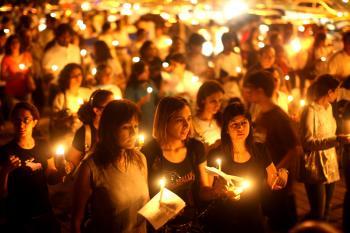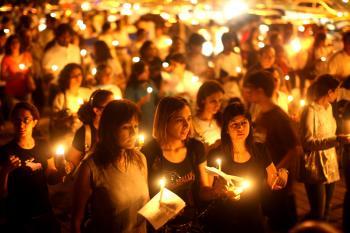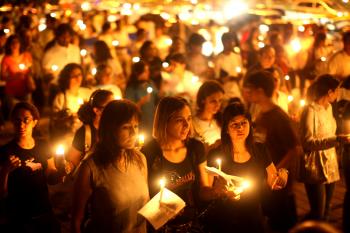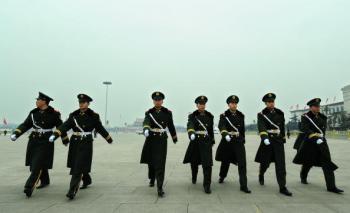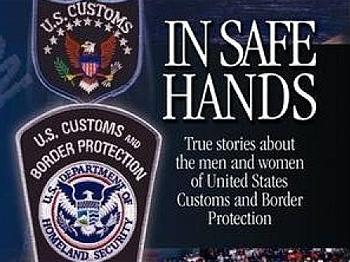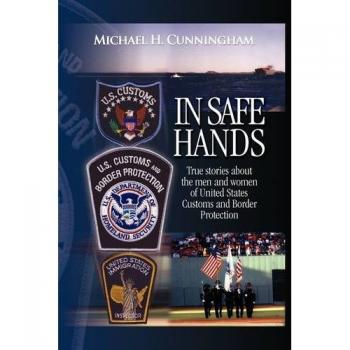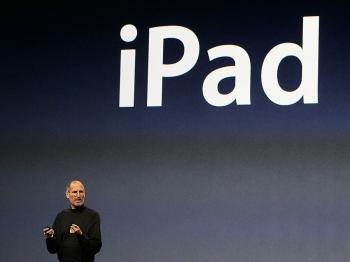When I was little, my dad would often tell me stories about India’s “Black Cat” commandos. They were supposed to be the bravest in the nation, the crack commandos who trained in ruthless conditions, prepared to defend Indian citizens in times of need. They were the elite commandos of India’s National Security Guards (NSG) unit, named “Black Cats” for their all-black outfits that didn’t carry any identifiable insignias.
For many of us brought up on their tales of bravery, the terror and carnage of Mumbai 11/26 would be the first time we saw and heard about the Black Cats in action. Their bravery and courage were lived out in the flesh and blood as they secured the Taj Mahal and Oberoi-Trident hotels and Nariman House in downtown Mumbai, killing the gunmen who had unleashed a wave of terror on the city.
Their killing of the final two terrorists in the Taj late Friday afternoon brought an end to the three-day siege that had caught the nation and the world in shock.
For many of us brought up on their tales of bravery, the terror and carnage of Mumbai 11/26 would be the first time we saw and heard about the Black Cats in action. Their bravery and courage were lived out in the flesh and blood as they secured the Taj Mahal and Oberoi-Trident hotels and Nariman House in downtown Mumbai, killing the gunmen who had unleashed a wave of terror on the city.
Their killing of the final two terrorists in the Taj late Friday afternoon brought an end to the three-day siege that had caught the nation and the world in shock.
